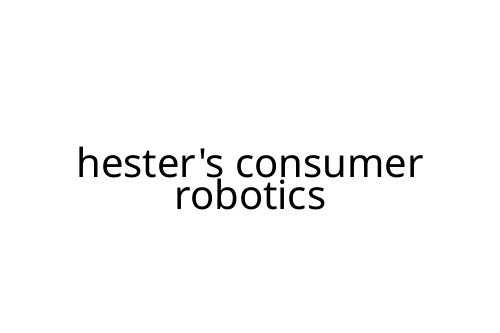both the iaas and paas categories are dominated by many of the same service providers
When it comes to cloud computing, both the IaaS and PaaS categories are dominated by many of the same service providers. If you're exploring cloud options for your business or personal projects, you'll notice familiar industry giants at the top of both lists. Understanding why these providers lead—and what that means for your decision-making—can save you time and potential headaches down the road.
IaaS vs PaaS: What’s the Difference?
First, let's clarify the basics. IaaS stands for Infrastructure as a Service. In simple terms, it offers virtualized computing resources like servers, storage, and networking. With IaaS, you manage the operating systems, applications, and data—you get flexibility, but also more responsibility.
PaaS, or Platform as a Service, builds on IaaS. PaaS providers handle infrastructure plus middleware, development tools, and other services. This lets developers focus on coding and deploying applications without managing servers or runtime environments. It's streamlined, but can be less customizable.
The Major Players: Overlap and Reasons
Whether you're looking for IaaS or PaaS, you’ll see the same major service providers. The three names you’ll hear most often are:
- Amazon Web Services (AWS)
- Microsoft Azure
- Google Cloud Platform (GCP)
Others like IBM Cloud and Oracle Cloud Infrastructure (OCI) also have strong offerings in both categories. This overlap happens because these providers have the resources to invest heavily across all layers of cloud computing. It’s efficient for them—and convenient for customers—to provide both infrastructure and platform services under one roof.
Pros of Using the Same Provider for IaaS and PaaS
- Integration: If you pick one provider for both, things usually work better together. Tools and services are designed to interconnect, making deployment and management easier.
- Simplified Billing: One account, one bill. Fewer surprises and less confusion.
- Consistent Support: If there’s a problem, you’re dealing with a single company. That can speed up troubleshooting.
Downsides to Consider
- Vendor Lock-In: Relying on a single provider can make it harder to migrate if you want to switch later.
- Cost: Bundling may seem cost-effective, but always compare actual prices and performance, especially at scale.
- Feature Gaps: A leader in IaaS may not be the best in every PaaS solution. Specialization sometimes matters.
Tips for Choosing
- Define Needs Clearly: Start with what your application or organization actually requires. Performance, compliance, and region availability may drive your choice.
- Test Platform Features: Most providers offer free tiers or trial periods. Experiment before committing.
- Check Ecosystem: Look at available third-party integrations, community support, and documentation.
Honest Takeaway
It’s true: both the IaaS and PaaS categories are dominated by many of the same service providers, largely due to their massive cloud infrastructure and continuous development of new tools. For most users, sticking with a mainstream provider is practical and low-risk, especially if you expect your needs to grow. But keep an eye on your requirements, costs, and the flexibility to change course as cloud technology evolves.


